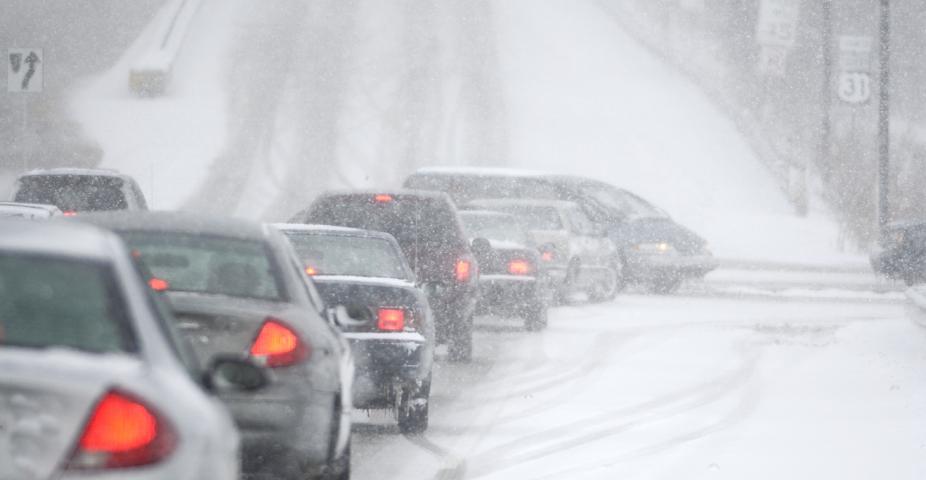Predicting Roadway Friction and Grip

According to the USDOT FHWA Road Weather Management Program, more than 1 million weather-related crashes occur every year, with nearly 5,000 deaths and over 400,000 injuries. Accurately diagnosing and forecasting roadway friction coefficients during winter weather conditions can help state DOTs decide where to allocate their plow and road treatment resources. This improves safety and mobility during winter weather events and ultimately reduces the number of weather-related crashes and deaths.
NSF NCAR performed an analysis of various machine-learning (ML) models’ ability to predict the roadway friction/grip coefficient by leveraging typical Road Weather Information System (RWIS) measurements, such as air and surface temperature, dewpoint, and precipitation information. Through this analysis, NSF NCAR trained ML models using RWIS data from the Colorado Department of Transportation (CDOT) that showed skill in predicting roadway friction/grip coefficients.
The ML models developed through this research can be used at RWIS stations around the state that don’t currently offer friction measurements. It can also be used in between RWIS stations by leveraging available forecast data, helping state maintenance managers more accurately anticipate and respond to weather-related impacts for the traveling public. This research earned the AASHTO award for High Value Research.